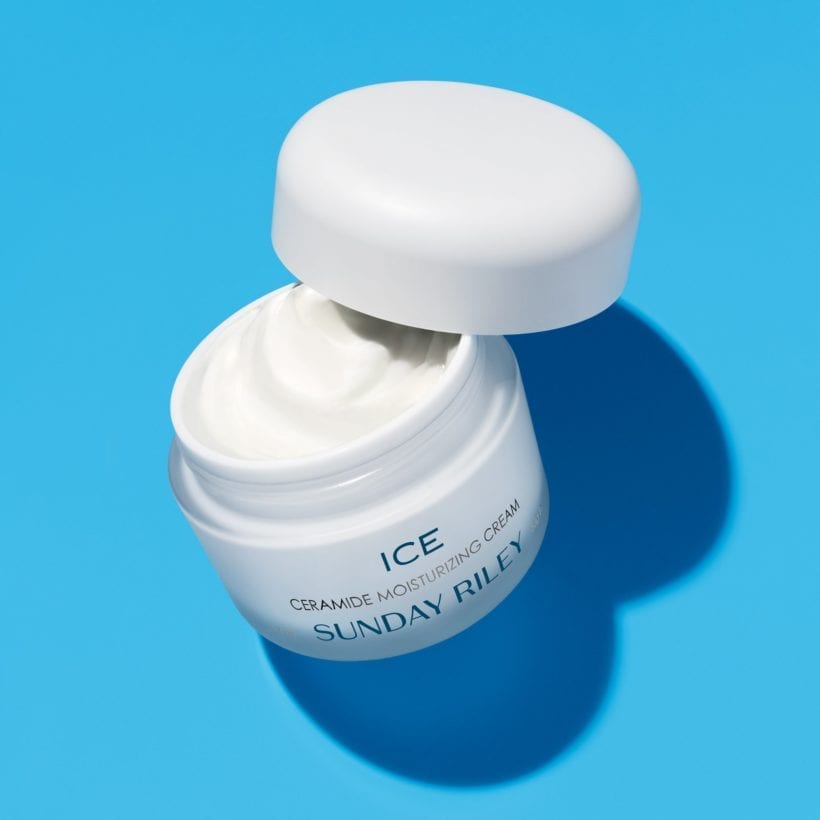Arguably face cleanser is the most important part of your skincare routine. If you don’t have cleansed skin, it could lead to a broken skin barrier, acne, irritation — plus, the rest of your products won’t be as effective either. But, it turns out there’s a lot more involved in washing your face than just slapping on whatever cleanser is at your disposal and calling it a day. There’s a formula, technique, and a few other factors that help you use your cleanser to its full potential. Below, Dr. Marisa Garshick, a board-certified dermatologist and Clinical Assistant Professor at Cornell University, breaks down seven of the most common mistakes.

You’re not removing your makeup thoroughly.
If you discover you have residue that wipes off onto your towel as you pat your face dry after cleansing, you need to take extra measures to make sure you’re properly removing your makeup. “If you wear makeup, it might be helpful to double cleanse where you first use an oil-based product, micellar water, or a cleansing balm before your regular cleanser as a one-two step of ensuring your makeup is removed,” says Garshick.
You’re washing your face too often — or not enough.
“I generally recommend washing your face once or twice a day. For someone whose skin type is on the drier side, they may be able to get away with just once at night. Someone who is physically active — say you like working out in the middle of the day — rinsing your face twice a day makes sense. When you wash too often, however, you can experience a paradoxical increase in oiliness because you’re drying the skin out so much that the skin is [overcompensating] by producing more oil,” she says.
You’re not using the right temperature of the water.

Especially if you live in a colder climate during the winter, it might temporarily feel good to use very hot water on your face, but it could be drying for your skin. “I’d recommend lukewarm water as the optimal temperature to avoid irritating your skin,” she says.
You’re exfoliating too much or too often.
Some exfoliants like Sunday Riley Good Genes All-In-One Lactic Acid Treatment are gentle enough to use every day; others may need to be used two or three times a week instead, especially if you’re new to exfoliants. If you are exfoliating daily, look carefully if your cleanser has exfoliating properties built-in. In this instance, you don’t want to combine that with a separate exfoliating product, as that can be too irritating for your skin. If your skin feels tight or starts to sting or burn after you’re done washing your face, it could be a sign that you’re exfoliating too much,” she says.
You’re using the wrong formula for your skin type — or the season.
“Oily skin tends to be most compatible with either a gel- or foam-based cleanser, while those with dry skin tend to do better with a cream-based or hydrating cleanser,” she says. Sensitive or normal skin can benefit from gentle, clay-based face washes like Ceramic Slip Cleanser that softens as it washes away impurities. “I do think your cleansers should adapt to the weather as well. So, we might find in the summer that you’re using a lighter cleanser and in the winter a more hydrating one,” she says.
You’re not applying your cleanser correctly.
It’s not enough to apply your cleanser to your skin and rinse it off after a few seconds — you’re not giving it enough time to work its magic. “Work the cleanser in circular motions, so you’re reaching all the crevices of your face. I would say 30 to 60 seconds is a sufficient amount of time to massage your cleanser into your skin. If you’re using a medicated cleanser like a benzoyl peroxide wash, it could be advantageous to leave it on a little bit longer than your traditional cleanser to ensure it’s able to have its full effects,” she says.

You’re waiting too long to put on face moisturizer.
Just like it’s most effective to apply body lotion while skin is still damp from a shower, you want to apply a face moisturizer right after you pat your face dry after cleansing. “The benefit of putting a moisturizer on after you cleanse is that regardless of how good you’ve been about cleansing and following all the rules, the general act of cleansing can be drying on the skin. Even with hydrating cleansers, you’ve still stripped the skin a little bit of the natural oils, and when you moisturize after, you support that skin barrier to trap that moisture in. So any moisture that you gain from having damp skin post-cleansing, you’re able to lock that in with your products,” she says.
We only recommend products we have independently researched, tested, and loved. If you purchase a product found through our links, Sunday Edit may earn an affiliate commission.












